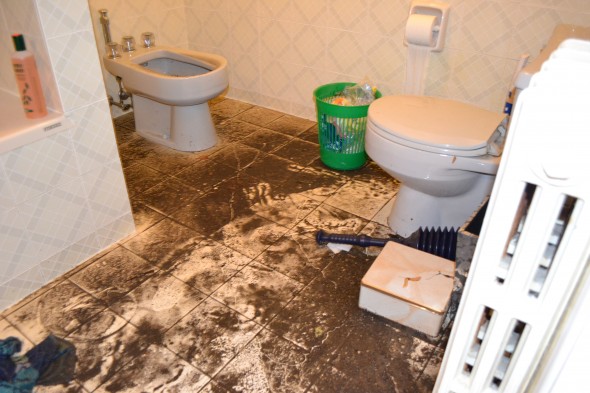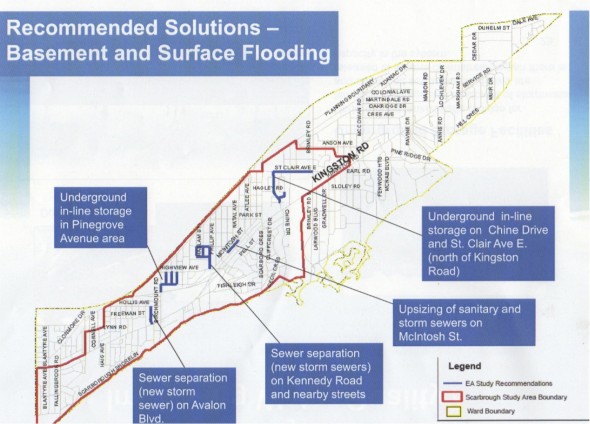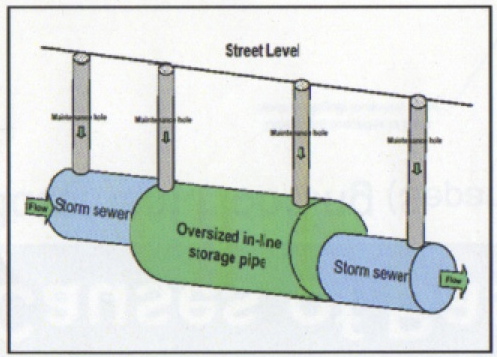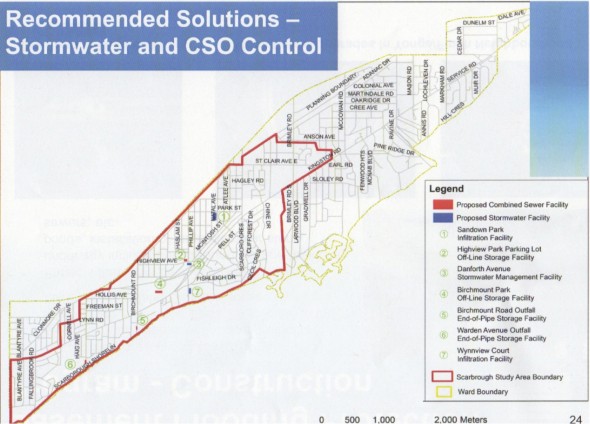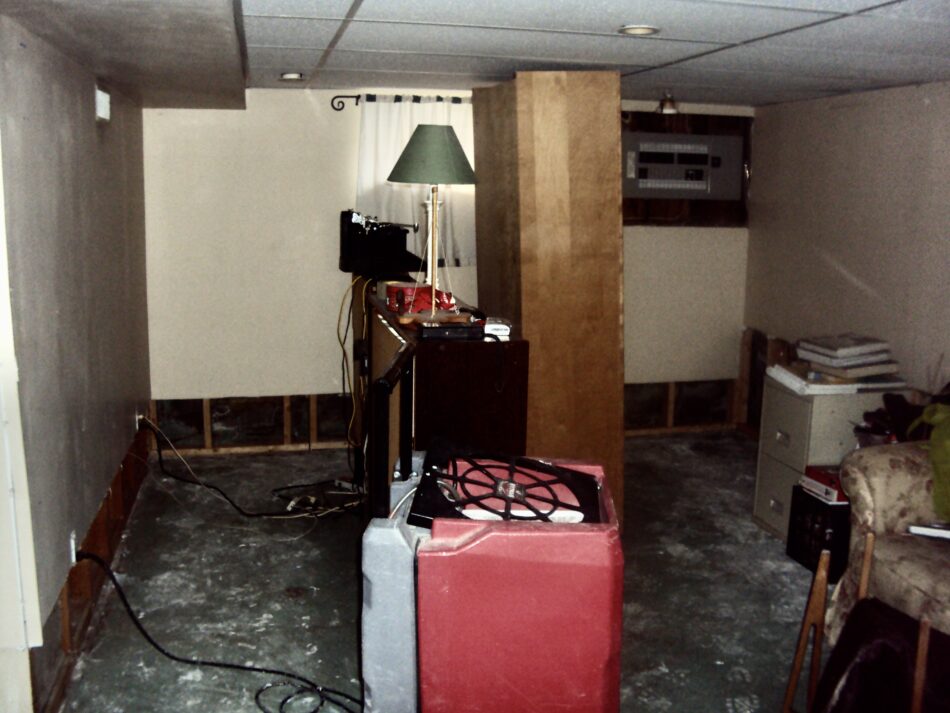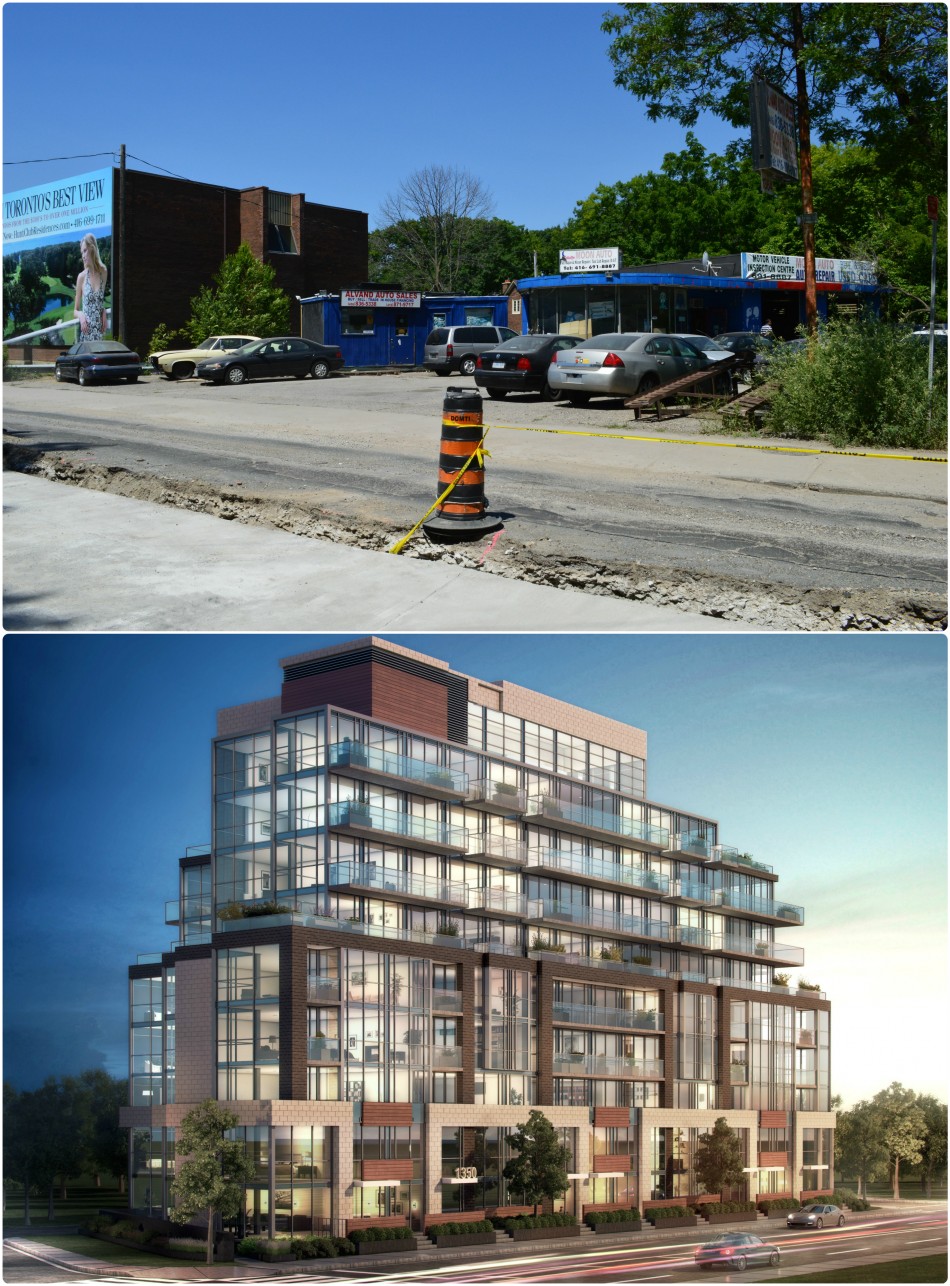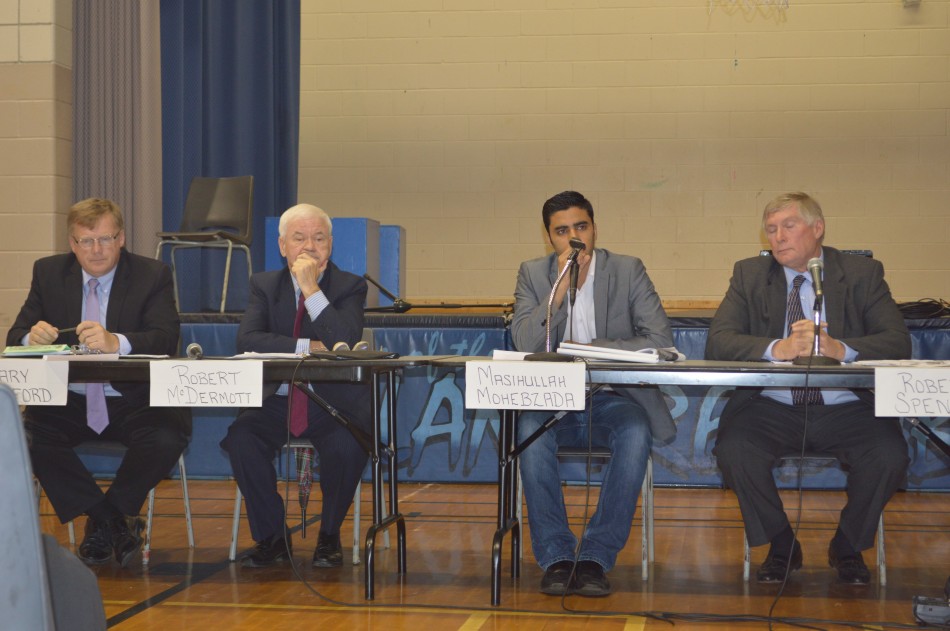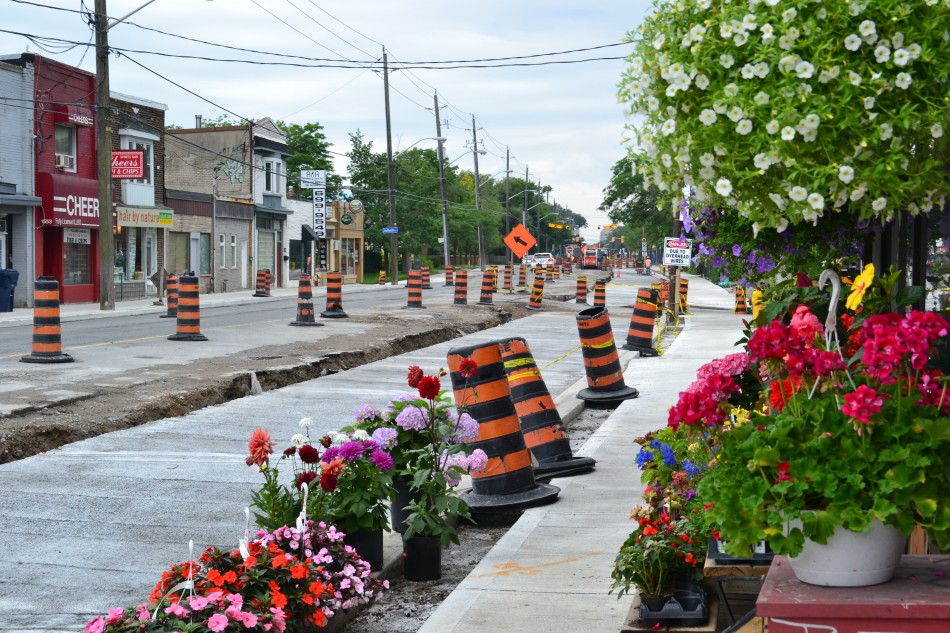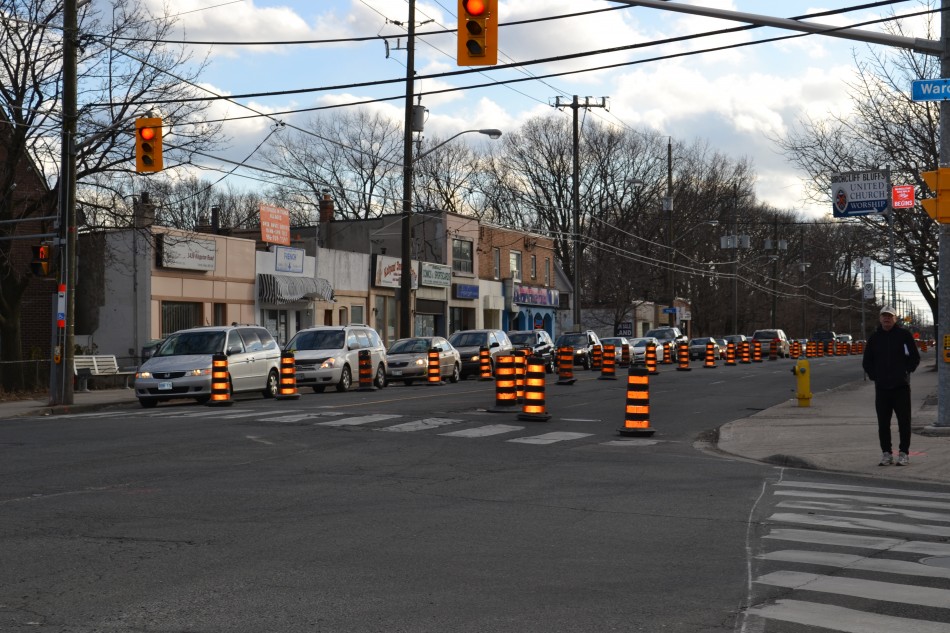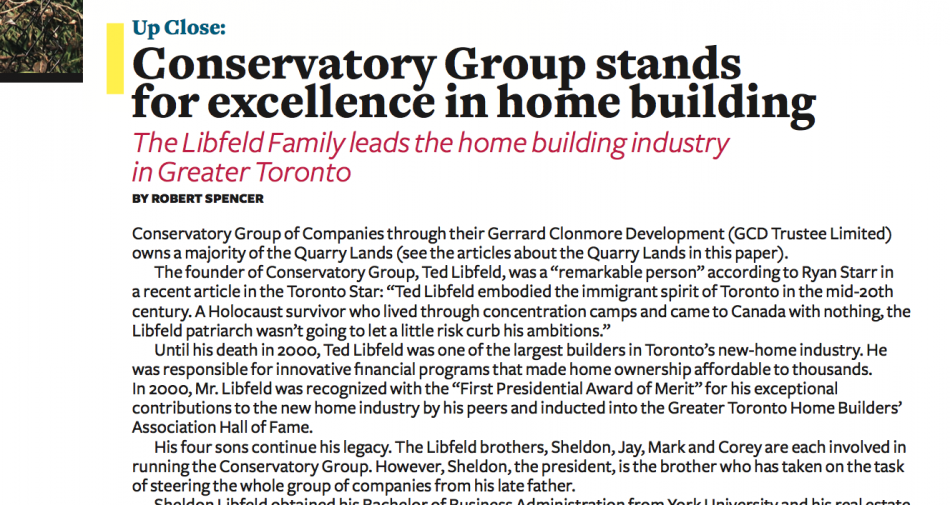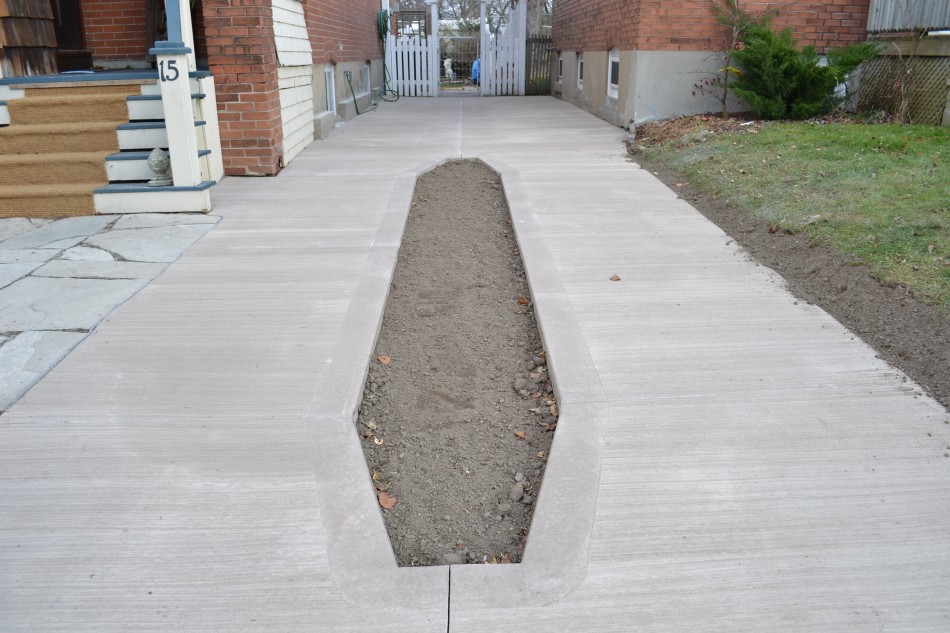By Hedy Korbee
Toronto Water unveiled details at the Ward 36 flooding meeting last night about the six infrastructure improvements that could alleviate future basement flooding in Birch Cliff.
These improvements were originally identified in an Environmental Assessment completed in 2011.
The initial purpose of the EA was to reduce sewage overflow into Lake Ontario along the Scarborough waterfront.
This overflow happens because of our aging infrastructure, which includes combined sewers that carry sewage and stormwater in a single pipe.
Part of the study, however, dealt with basement flooding in Ward 36.
The study recommended a series of sewer system upgrades costed at 9.4 million in 2011.
Going before Toronto City Council
Citing this Environmental Assessment, Councillor Gary Crawford successfully petitioned the City’s Public Works and Infrastructure Committee to declare Ward 36 a priority flooding area.
If the motion passes at the full Toronto City Council, these projects in Ward 36 that will be added to the $743 million city-wide remediation program, although there is no guarantee they will be done.
Details on the projects
Five of the projects are listed on the graphic below. Toronto Water’s Director of Infrastructure Management Michael D’Andrea says the fixes were identified by sophisticated hydraulic computer simulation modelling that analyzes the waste water and storm water system, topography and land use.
1. Avalon Boulevard
Recommendation: Separate the combined sewer and convey stormwater overland to new storm sewers
 Michael D’Andrea: One of the easier fixes is to construct a series of storm sewers that would take the road drainage and take that water that would otherwise have gone into the combined sewer into a completely different system altogether to relieve pressure on the system.
Michael D’Andrea: One of the easier fixes is to construct a series of storm sewers that would take the road drainage and take that water that would otherwise have gone into the combined sewer into a completely different system altogether to relieve pressure on the system.
Birch Cliff News: Why just Avalon though? All of these streets (pointing on map to Birchcliff, Eastwood, Kalmar etc.) flooded here.
Michael D’Andrea: In this particular area when they did their analysis they found that installing that system they’re relieving pressure for that abutting area. I don’t know how far extending it was. But the analysis would have been to look at reducing pressure to the abutting area.
Birch Cliff News: So, separating the sewer on Avalon alone will improve this whole area?
Michael D’Andrea: One of the things we would look at is to see what extent that one fix would alleviate the flooding in the whole area. It’s one of the things we would do once we got to detailed design. We’ve identified that as an upgrade because it came through a very thorough and detailed engineering assessment. But given the extent of the flooding, I’d like to make sure that we know what the influence of that system is. We might need to upsize.
Birch Cliff News: So there may need to be an upgrade on the upgrade?
Michael D’Andrea:
We will review the recommended upgrades at the time of detailed design to ensure that it addresses the broader area impacted by flooding
2. Pinegrove Avenue area (Highview)
Recommendation: Underground in-line storage
Construction of new oversized pipes to temporarily store water and help relieve overloading. The pipes then slowly release water back to system when there is capacity downstream.
3. Kennedy Road area (including Haslam, Malta)
Recommendation: Separate the combined sewer and convey stormwater overland to new storm sewers
See the explanation above for Avalon Boulevard.
4. McIntosh Street
Recommendation: Upsizing of sanitary and storm sewers
5. Chine North and St. Clair Avenue
Recommendation: Underground in-line storage.
See the explanation above for Pinegrove Avenue area.
6. Birch Cliff, south of Kingston Road
The sixth potential solution affects Birch Cliff proper and can be seen on a different graphic, below. Look at # 6 — the Warden Avenue Outfall End-of-Pipe Storage Facility. This solution is part of the plan to stop sewage from entering Lake Ontario but could alleviate basement flooding too.
Michael D’Andrea: We have to do a detailed hydraulic analysis once we get to detailed design and I’m optimistic that we should be able to deal with the flooding that was experienced by how we design that sewer system feeding into that tank.
Birch Cliff News: Would the same thing be possible at the bottom of Birchmount (#5 on map)
Michael D’Andrea: Again, I want to go back to the engineers that did the original modelling to see what was the zone of influence of the upgrade that we just spoke about.
In this one (pointing to Warden), that tank is right next to that street that experienced basement flooding (Crescentwood). What you were suggesting (Birchmount) that’s somewhat removed from the area that experienced flooding. We need to look at whether that upgrade on Birchmount, the zone of influence would pick up the other (flooded) areas.


